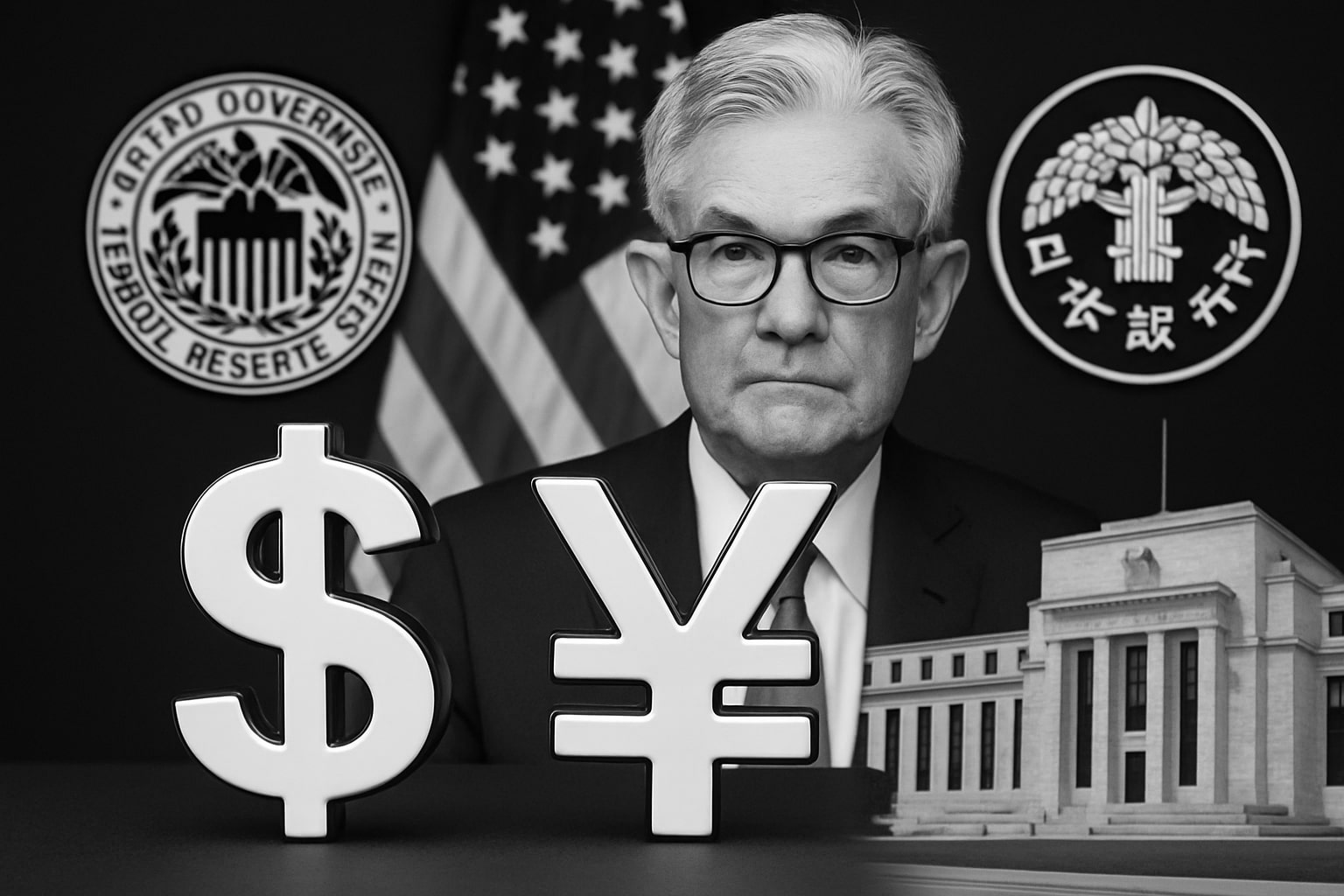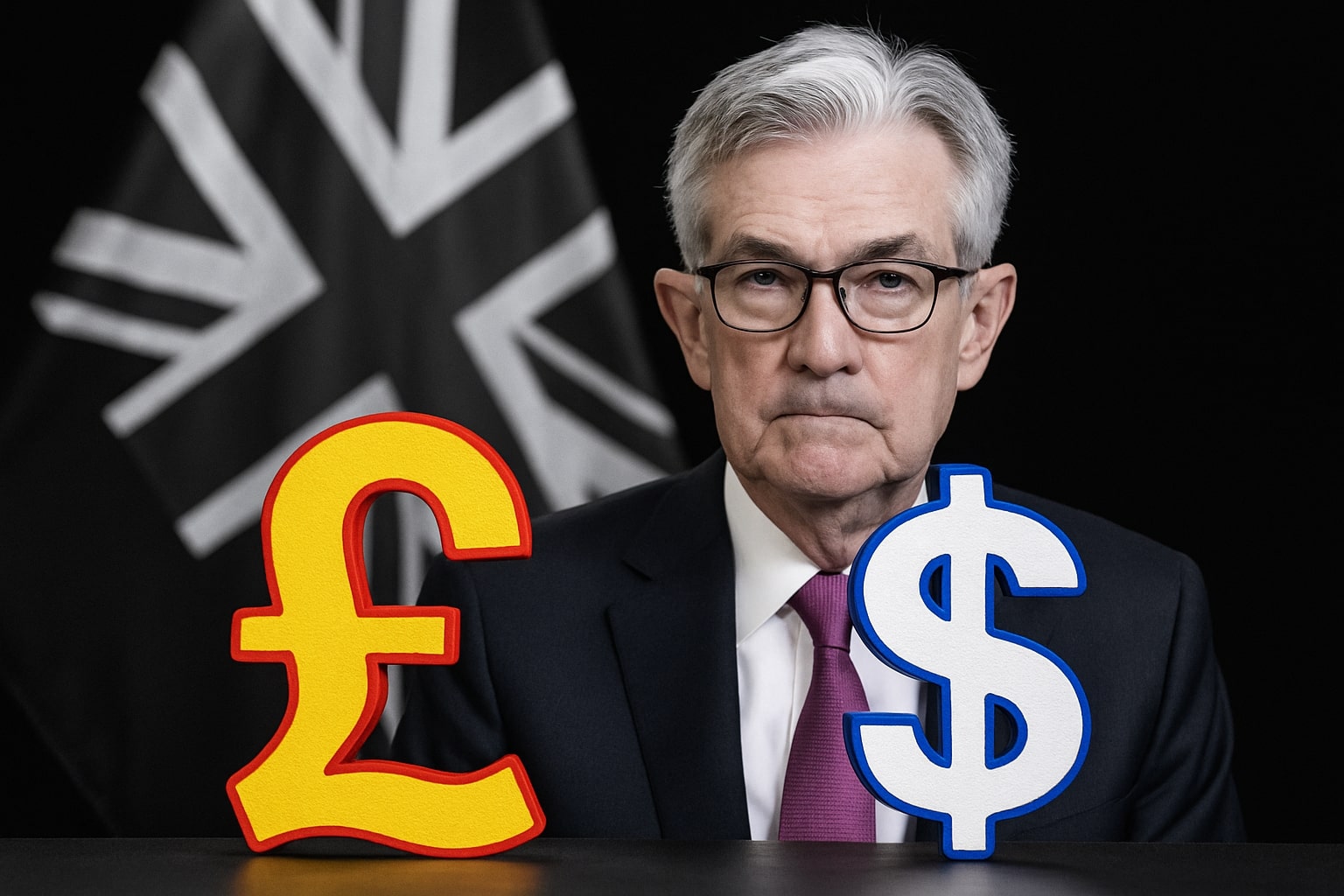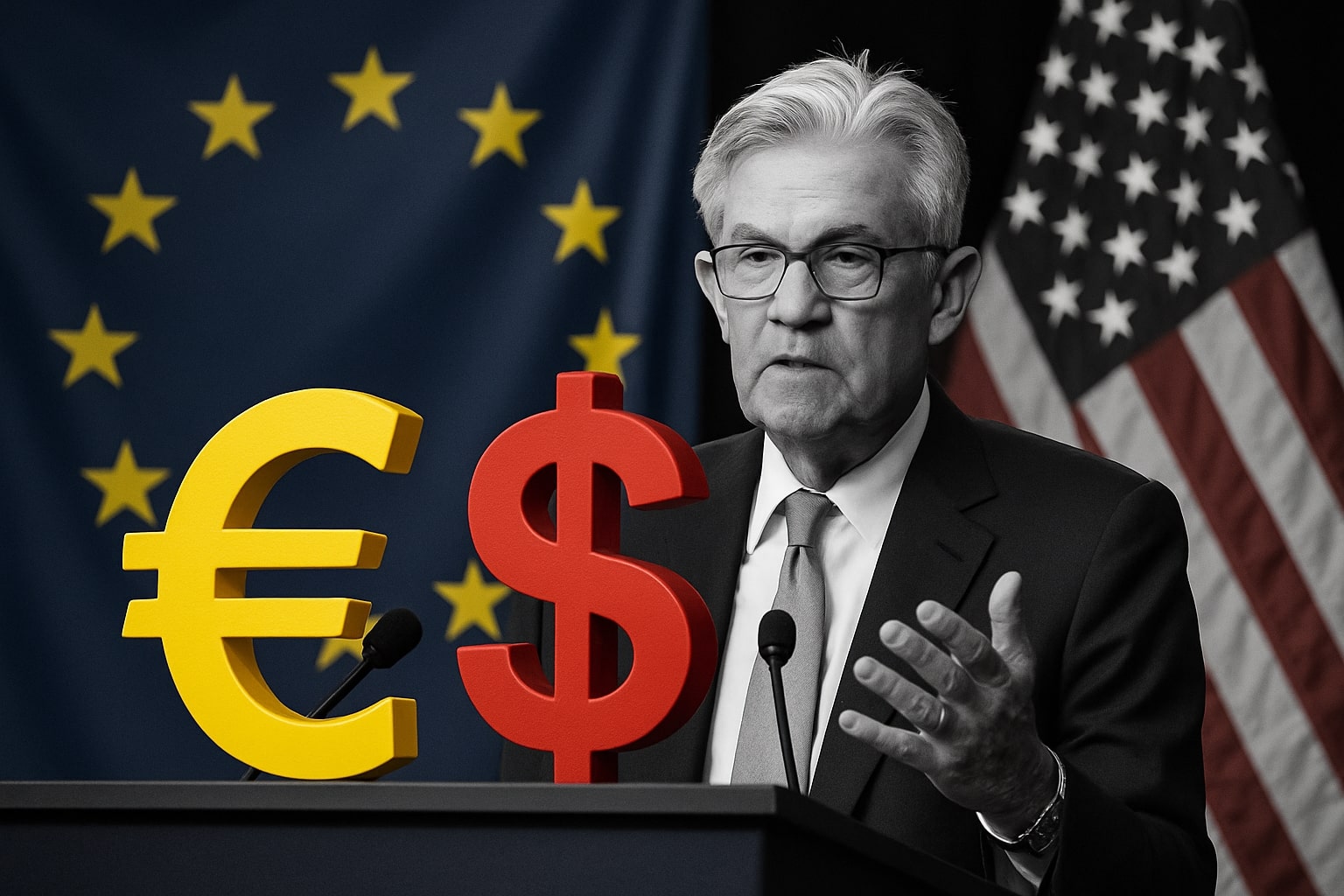Japan’s Trade Data and Domestic Fundamentals Offer Limited Relief
Japan’s September trade surplus widened to ¥850 billion, aided by rising exports and weaker imports, but the yen’s depreciation has increased energy import costs, aggravating domestic inflation. Producer Price Index (PPI) data showed a mild rebound, while labor earnings fell short, underscoring weak consumer purchasing power. These mixed signals complicate the BoJ’s policy outlook, as inflation remains sticky but wage growth stagnates. Analysts argue that without stronger wage momentum, the BoJ will struggle to justify aggressive tightening, leaving USD/JPY structurally biased toward the upside.
Short-Term Trading Dynamics and Option Strategies
Derivatives traders are positioning for two-sided volatility. The most traded structures include USD/JPY call spreads targeting 153.80–155.00 and put spreads anchored at 151.40–152.00. Market-makers report elevated gamma exposure near 153.00, increasing the likelihood of sharp intraday swings. Retail participation has spiked, particularly in leveraged platforms where buying momentum remains dominant. Institutional desks suggest a tactical approach—selling out-of-the-money puts to collect premium while retaining exposure to upside continuation, as the risk-reward still favors the dollar until BoJ intervention materializes.
Technical Landscape: Golden Cross Reinforces Bullish Bias
On the daily chart, USD/JPY maintains a golden cross formation where the 50-day EMA has crossed above the 200-day EMA, a traditionally bullish signal. Price action shows consistent higher highs since mid-September, supported by trendline reinforcement near 151.60. The breakout above 150.00 confirmed structural bullish continuation, and the pattern suggests further upside unless momentum falters below 152.10. Fibonacci projections place the next target zone between 153.70 and 154.20, aligning with resistance from February highs.
Geopolitical and Cross-Asset Influence
The yen’s underperformance extends beyond the U.S. dollar. Crosses like EUR/JPY and GBP/JPY have surged, reflecting broad yen weakness. The EUR/JPY pair rose above 161.20, aided by improved eurozone trade sentiment, while GBP/JPY hit 193.40, its strongest since 2015. These correlated moves amplify the risk that Japan’s Ministry of Finance will act to curb speculation if yen depreciation accelerates. Globally, the rally in the Nikkei 225—up 2.7% this week—suggests domestic equity investors remain net beneficiaries of the weak currency, creating conflicting pressures within Japan’s financial system.
Verdict: BUY USD/JPY – Structural Dollar Strength and Political Weakness Keep Pair Elevated
All indicators converge toward continued USD/JPY strength. The policy divergence remains extreme, U.S. macro resilience contrasts Japan’s fragile growth, and political instability undermines confidence in yen assets. With key resistance at 153.80 and firm support at 151.40, the risk-reward ratio continues to favor dollar longs. Traders should monitor October 30 BoJ meeting outcomes and potential Ministry of Finance intervention threats, but under current data, USD/JPY remains a BUY, with short-term targets at 154.00–155.00 and medium-term projections extending toward 156.50 if rate spreads persist.




















